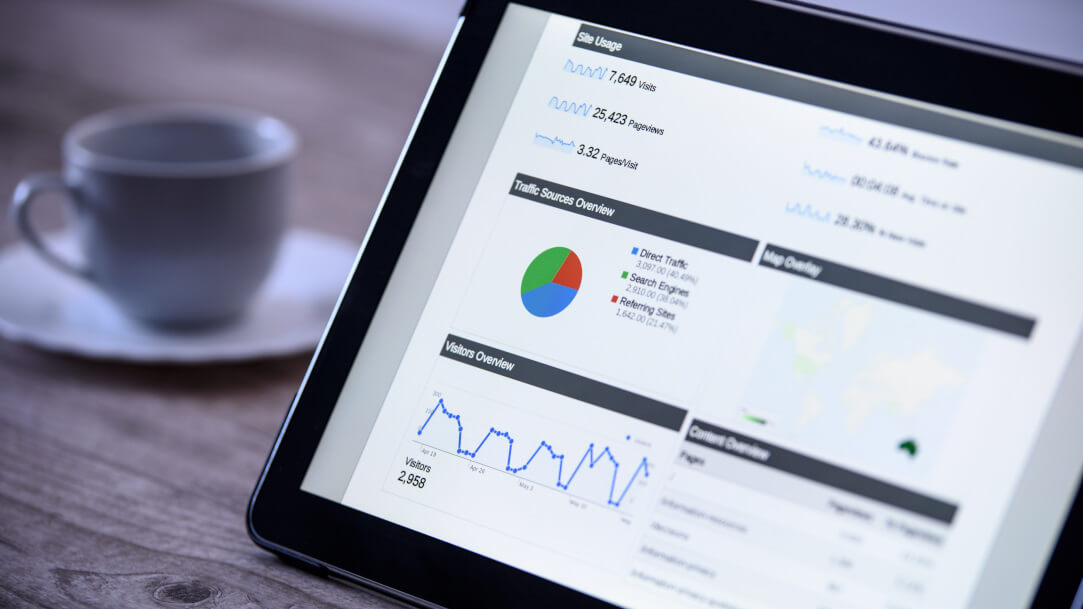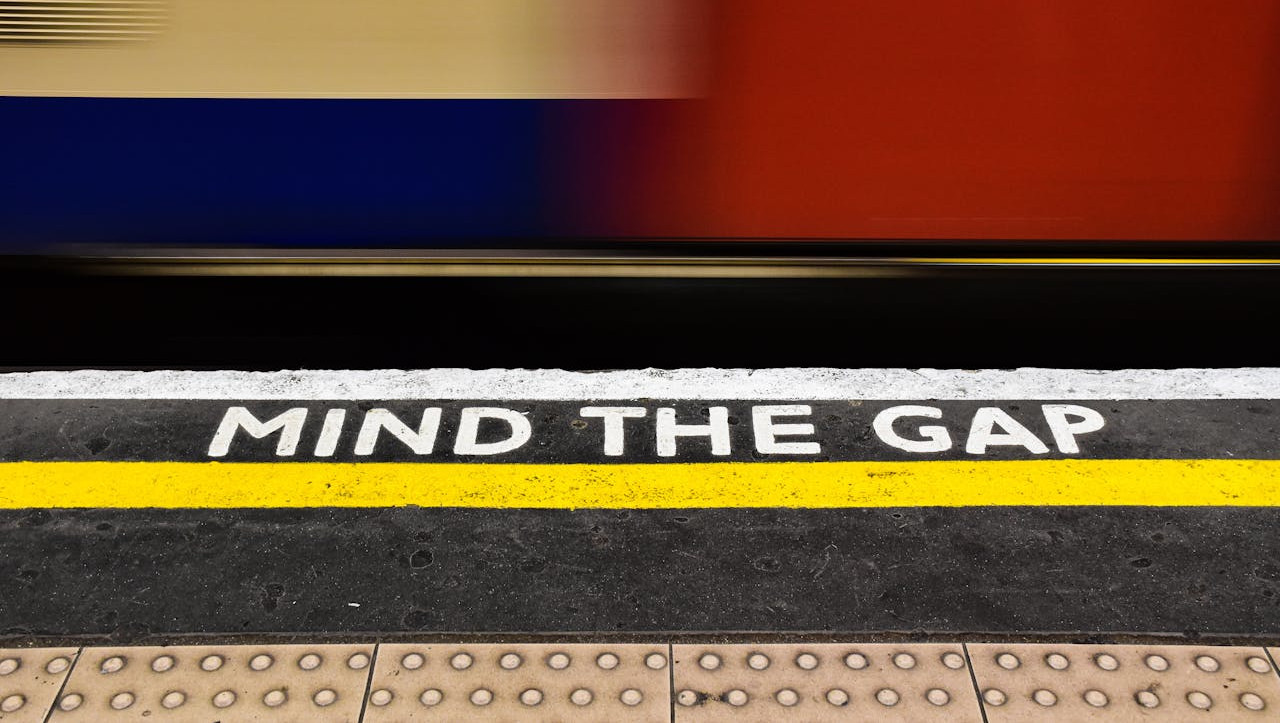
NB: This is a viewpoint from Cormac Corrigan and Mark Lenahan, independent advisors to airports, airlines, retailers, and loyalty programs
Airports are spending a significant portion of their marketing budgets on customer engagement tools, including a sizable investment in developing mobile applications. By 2018, about 80% of airports will have implemented mobile apps as a means to directly engage with passengers, according to the 2015 SITA Airport IT Trends Survey.
To understand the investment in mobile, we compared mobile app downloads for a selection of the world’s largest airlines and airports. What we found is that, when we accounted for size (by passenger volume), airline apps were downloaded 14 times more often than airport apps.
Anecdotal evidence, personal usage, and experience in other verticals, such as retail, all suggested to us that airline mobile apps would be more heavily used than their airport counterparts. But what surprised us is that the gulf is much wider than we expected.
- Amongst 25 of the world’s largest airlines, the app download estimate is around 117 million downloads, compared with 1.5 billion passengers carried annually.
- However, amongst 25 of the world’s largest airports, the download rate was 7.2 million downloads, against a passenger base of 1.3 billion passengers.
The publicly available data is limited, and only allows for rough analysis. But this is an order of magnitude difference between airports and airlines.
To be fair, it would be a mistake to read too much into the ratio of downloads to passengers. Passenger numbers are not unique people, each passenger is counted every time he or she boards a plane or traverses an airport, so every return journey counts one person at least twice—both on the plane and at each airport.
Meanwhile, an app installed once may remain present for the entire trip or multiple trips.
Here, we are using download numbers to compare airlines’ and airports’ abilities to publish apps, but downloads are a poor metric for customer engagement.
According to an October 2015 study by AppsFlyer, reported by eMarketer, only 3.3% of users are still active 30 days after installing an app. This was based on 450 million installs of e-commerce, travel, and utility apps (but excluding games and social media apps).

Why is this important?
For many airports in recent years, aeronautical revenue (fees charged to airlines) has either been static or in decline, when compared with passenger numbers, while revenue from retailing and other commercial activities (products and services provided to passengers) has grown significantly.
For example, Changi Airport Group’s 2015 report shows only 0.2% growth in passenger numbers, while aeronautical revenues contracted by 3.6%. However, “airport concessions and retail income” grew by 7%.
Read rest of the article at: Tnooz




